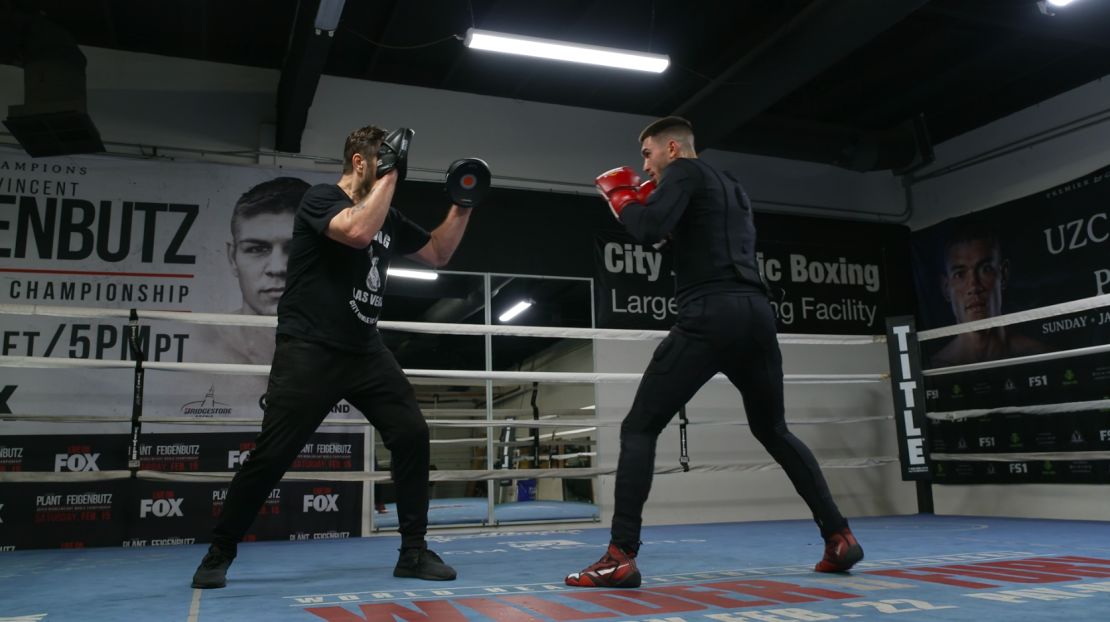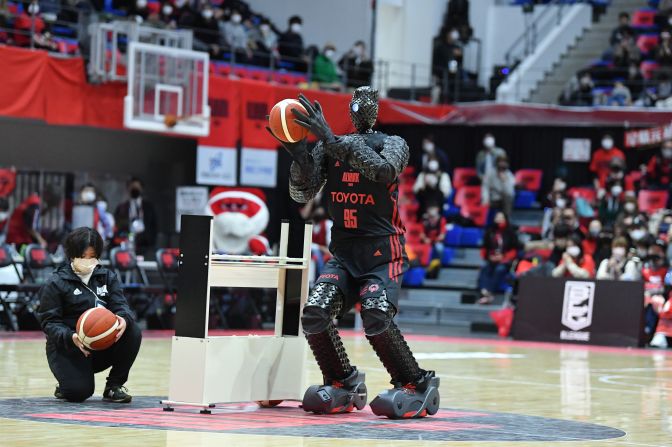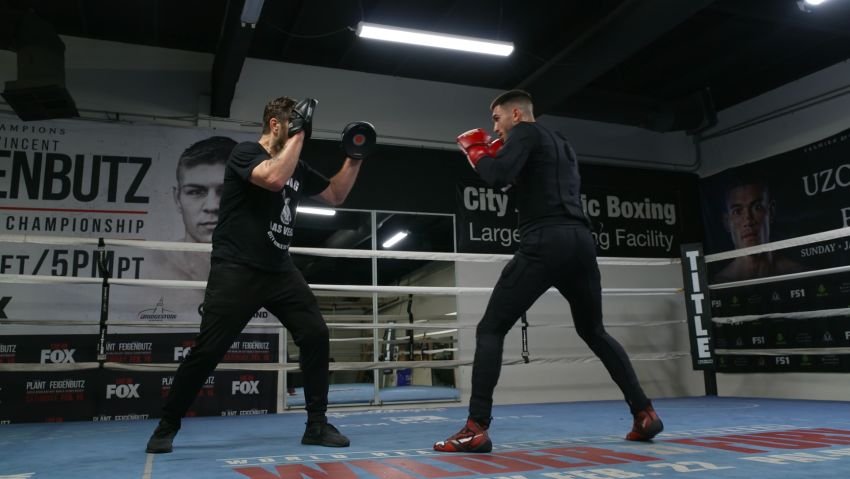Adam Lucio has been a wheelchair user since he was a child. After playing wheelchair basketball for Oklahoma State University, he now hopes to become a professional adaptive triathlete and take part in Iron Man contests alongside able-bodied competitors.
Wearable tech is a key part of his training regimen. When playing basketball, tennis, taking on marathons or competing in wheelchair racing, he wears a smart watch. In the pool, Lucio wears FORM Smart Swim Goggles.
Worn like normal goggles, the Smart Swim Goggles feature an augmented reality heads-up display that allows you to track your progress as you swim, letting you know your speed, distance, and biometric data like heart rate.

“Tech like the smart goggles really helps out tracking my times, my metrics, and helps me progress in my training,” says Lucio. “The goggles are really helping me pursue my paratriathlete goals.”
Athletes are increasingly using wearable tech to push the boundaries of human ability. These devices are designed to provide an objective way of recording physical performance, turning professional sports into a calculable science.
These high-tech sports could be the future
“The potential for achievement with this new technology is amazing,” says Lucio. “If you can track your performance down to the millisecond, understand and correct your form, there’s no excuse not to push yourself.”
He believes that professional athletes will be able to achieve new levels of accomplishment with the help of wearables. “Records are going to be broken using this tech,” Lucio tells CNN. “I think you’re going to see boundaries being pushed, and you’re going to see a lot less injuries.”
Keeping the world’s best athletes on the field
Wearable tech isn’t only being used to boost individual performance. Catapult allows coaches to monitor the performance and health of players on their teams, using a smart vest, monitoring pod and accompanying app to reduce the risk of injury.
The company says the technology is used by many teams in the English Premier League, and every NFL team in the US.
“With wearables, that data now gets really at the micro level of what’s happening,” says Will Lopes, CEO of Catapult Sports. “What it’s doing is really comparing what’s physiologically happening on the inside of an athlete.”
For coaches, this can mean the difference between understanding a player’s physical limits and pushing them beyond and risking injury.
Read: Headsets instead of head injuries: How VR tech could make football safer
“Fatigue is a good example,” he adds. “You really want to have objective data points to understand, ‘have I over-trained an athlete?’
“The fact that you have great stars like Tom Brady and Neymar playing much longer in their careers than they would have only 20, 30 years ago, is really because the scientific program is allowing them to really stay in the field longer, be healthier longer.”
The future of sport is smart
Simon Barbour is a sports performance analysis expert at Loughborough University, in the UK. “Wearable technology in sport can give a non-invasive form of data collection and an accurate depiction of what is happening in a game or in the event,” he says. “In essence, you are able to capture multiple data sets without interfering directly in the athlete’s performance.”
Read: From robot soccer to speedgate, these sports of the future already exist
“In terms of the scale of use of wearable technology, every elite sportsperson and sports team uses wearable technology, because it can be the difference between winning and losing,” Barbour adds.
Among the most exciting innovations in the field is the TESLASUIT (which isn’t connected to the car manufacturer) – a full-body smart jumpsuit that captures both motion and biometrics and provides haptic feedback to the wearer. For example, if it detects that a boxer is swinging punches with a poor technique, it will deliver an electric pulse to let them know.

Las Vegas-based Australian professional boxer Ben Stanoff, 26, tried it out and believes that wearable tech like the TESLASUIT could offer boxers a crucial edge in their training to take them to champion level.
Athletes can replay training sessions where they wore the suit, and the addition of a VR headset creates an immersive environment to review the techniques from the session.
“You can only train so much – but wearing this suit, you’re able to go home and then redo the whole training session again in your mind, watching it on a screen, but with that virtual reality, and it’s just going to make all the difference,” Stanoff says. “I think this is the future of training.”

























